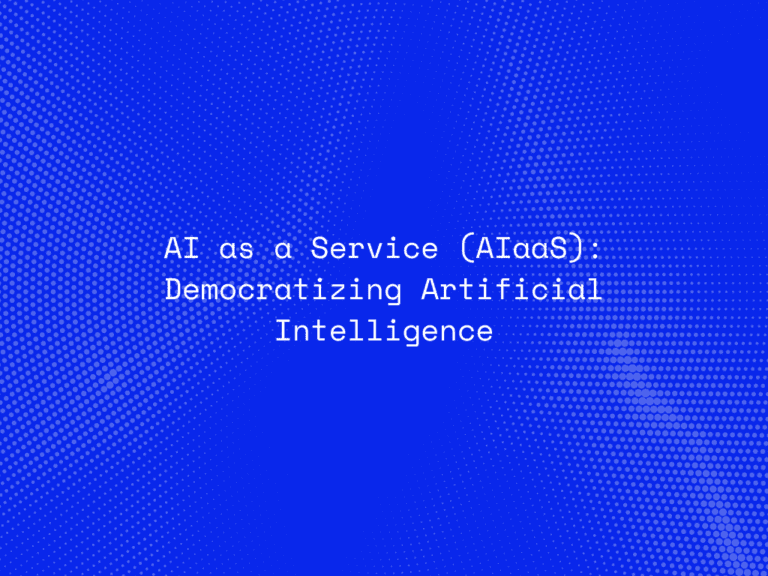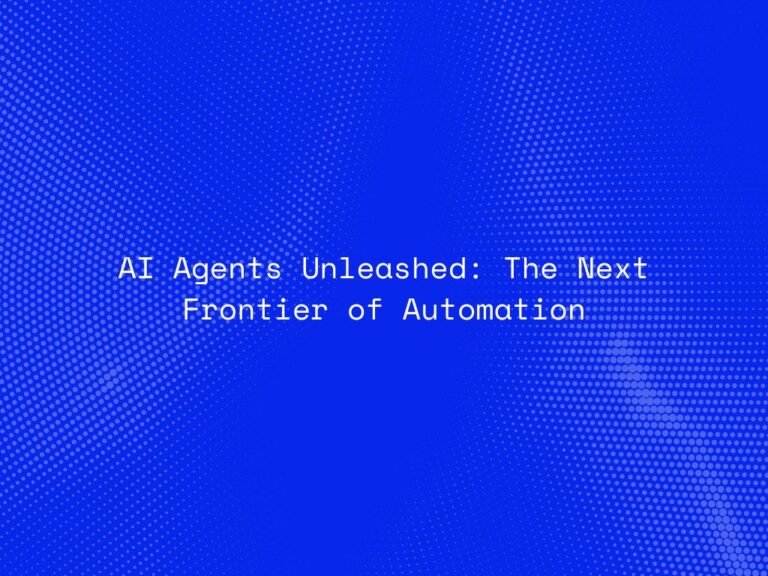Artificial intelligence is transforming the job market, but its impact is anything but uniform. While some industries are experiencing unprecedented automation and job displacement, others are seeing new opportunities and demand for AI-enhanced skills. This uneven distribution creates what we can call a “jagged frontier”—where the effects of AI differ significantly depending on the industry, job role, and level of human-AI collaboration.
Is AI replacing jobs, or is it simply reshaping them? The answer lies in understanding how AI automation varies across different sectors, the types of jobs most at risk, and the skills that will remain in high demand. This article explores the complexities of AI’s impact on employment and how workers can adapt to the evolving landscape.
How AI Affects Different Job Categories
AI does not replace all jobs equally. Instead, it reshapes the workforce in three key ways: automation, augmentation, and transformation.
1. Full Automation: Jobs at High Risk of Replacement
Certain repetitive, rule-based jobs are highly susceptible to AI-driven automation. These roles involve tasks that can be executed by machine learning models, robotic process automation (RPA), and AI-driven systems.
Industries most affected:
- Manufacturing & Warehousing: AI-powered robotics streamline production and logistics.
- Retail & Customer Service: AI chatbots and self-checkout systems reduce the need for human cashiers and support agents.
- Data Entry & Routine Administration: AI automates document processing, invoice generation, and data organization.
Examples of AI-driven job displacement:
- Automated warehouses, such as Amazon’s fulfillment centers, rely on robotics to move and sort packages.
- AI-powered virtual assistants handle customer service queries, reducing call center staffing needs.
While these job losses are concerning, they are often accompanied by new roles focused on overseeing and optimizing AI systems.
2. Job Augmentation: AI as a Productivity Booster
Rather than replacing workers, AI enhances productivity by automating repetitive tasks, allowing employees to focus on higher-value, creative, and strategic work.
Industries benefiting from AI augmentation:
- Healthcare: AI assists doctors in diagnosing diseases and analyzing medical images.
- Finance: AI enhances fraud detection, risk analysis, and algorithmic trading.
- Marketing & Content Creation: AI-generated text, images, and videos support creative teams.
Examples of AI-driven augmentation:
- Radiologists use AI-powered diagnostic tools to detect abnormalities in medical scans more accurately and efficiently.
- Financial analysts rely on AI algorithms for faster and more precise risk assessments.
- Writers and marketers use AI tools like ChatGPT and Midjourney to generate drafts and creative concepts.
In these cases, AI is a tool rather than a replacement, helping workers perform their tasks more effectively.
3. Job Transformation: AI Creating New Opportunities
As AI disrupts traditional roles, it also gives rise to new career paths and industries. Emerging jobs require expertise in AI development, data science, and human-AI collaboration.
Industries seeing AI-driven job creation:
- AI Development & Data Science: Demand for machine learning engineers and data scientists is surging.
- Cybersecurity: AI-powered security solutions require human oversight to mitigate evolving threats.
- AI Ethics & Policy: The need for AI governance experts grows as ethical concerns become a priority.
Examples of new AI-driven careers:
- AI trainers fine-tune large language models by providing human feedback.
- AI ethicists develop guidelines for responsible AI deployment.
- Prompt engineers craft effective AI queries to optimize machine-generated responses.
While some jobs disappear, others emerge, requiring reskilling and adaptation. The key to navigating this shift is acquiring future-proof skills that align with AI-driven industries.
The Unequal Impact of AI: Who Wins and Who Loses?
The AI revolution is not affecting everyone the same way. Some groups are benefiting from automation and AI-enhanced efficiency, while others face significant challenges.
1. Low-Skill vs. High-Skill Jobs
- Low-skill, repetitive jobs face higher automation risks, leading to displacement in sectors like manufacturing and retail.
- High-skill, creative, and analytical jobs are less threatened, as they require problem-solving, emotional intelligence, and complex decision-making.
2. Developed vs. Developing Countries
- Developed economies are investing heavily in AI, leading to both job displacement and new tech-driven career opportunities.
- Developing economies may struggle as automation reduces the demand for outsourced labor in industries like customer support and manufacturing.
3. AI Innovators vs. AI Users
- Tech companies and AI developers are thriving, as businesses adopt AI at an increasing rate.
- Traditional businesses and workers in outdated industries face disruptions unless they adapt to AI-driven workflows.
The uneven impact of AI creates a growing divide between those who can leverage AI and those who risk being left behind.
How to Stay Relevant in an AI-Powered Job Market
The key to thriving in an AI-transformed workforce is adaptability. Workers must focus on developing skills that AI cannot easily replicate and learning how to collaborate with AI effectively.
1. Emphasize Human-Centric Skills
Jobs that require creativity, emotional intelligence, and critical thinking remain resistant to full automation. Developing these skills ensures long-term career stability.
- Examples: Leadership, strategic decision-making, empathy, negotiation, and complex problem-solving.
2. Learn AI and Data Literacy
Understanding AI tools and data-driven decision-making will be essential across industries.
- Key skills to acquire:
- AI literacy (understanding how AI works and its limitations).
- Data analytics and interpretation.
- Basic coding and automation knowledge.
3. Stay Updated with Industry Trends
AI is evolving rapidly. Professionals must continuously upskill by taking online courses, attending industry conferences, and participating in AI-related projects.
4. Shift Towards AI-Centric Careers
Roles in AI development, AI governance, and AI-enhanced industries will continue to grow. Transitioning into these fields ensures better job security.
Conclusion: AI is Reshaping the Workforce, But Adaptability is Key
The impact of AI on jobs is not a simple case of replacement vs. retention. Instead, AI is shifting job functions, creating new opportunities, and redefining how work is performed. The “jagged frontier” of AI’s impact means that while some sectors experience job losses, others benefit from increased efficiency and innovation.
Final Takeaways:
- AI will automate routine jobs, but human creativity and strategic thinking remain irreplaceable.
- Industries that embrace AI augmentation will see productivity boosts, not just job losses.
- New career opportunities in AI development, ethics, and cybersecurity are emerging rapidly.
- Workers must reskill and adapt to thrive in an AI-driven economy.
The future of work belongs to those who can integrate AI into their skillset and leverage its potential rather than fear its disruption. The question is not whether AI will take jobs, but rather who will adapt to AI and shape the future of work.




